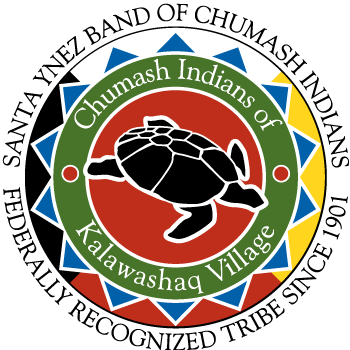Gaming has been part of our way of life since the beginning of time. Dating back to early Chumash culture, each village had a special area — called malamtepupi — where games were played.
Today, Native American gaming is protected under tribal sovereignty, and provides revenue essential to tribal government operations such as education, health care, infrastructure development, and cultural preservation.
Large-scale gaming sponsored by tribal governments started in the early 1980s. As state lotteries began to proliferate, several tribes in Florida and California began raising revenues by operating bingo games offering larger prizes than those allowed under state law. When the states threatened to close the operations, the tribes sued in federal court — Seminole Tribe vs. Butterworth (1979) and California vs. Cabazon Band (1987).
In those historic rulings, the courts formally recognized our tribal right to conduct gaming operations on our own land — significantly influencing the development of modern Indian Gaming law.
In 1988, Congress formally recognized but limited the right of Native Americans to conduct gaming operations with the passage of the Indian Gaming Regulatory Act (IGRA). The IGRA requires tribes to negotiate with states concerning games, while also ensuring that tribal governments are the sole owners and primary beneficiaries of gaming. This legislatively recognizes tribal gaming as a way of promoting economic development for tribes.
After many years of negotiations with the state of California, 61 California tribes finalized their tribal-state compacts in September 1999. In March 2000, the California voters passed Proposition 1A — also known as the Gambling on Tribal Lands Amendment — approving Indian gaming on reservation lands.
The tribal-state compact received approval from the Bureau of Indian Affairs in May 2000 and became effective immediately, with the ability to be amended as our industry develops.
Today, Indian Nations continue meeting with members of Congress and various state representatives to address concerns and look for ways to sustain an economic development tool that benefits both the tribe and the greater economy.
Native American gaming is not an end in itself. Rather, it serves as a major catalyst for community growth and economic development, generating vital revenue as an integral part of tribal economies — for current and future generations to come.

